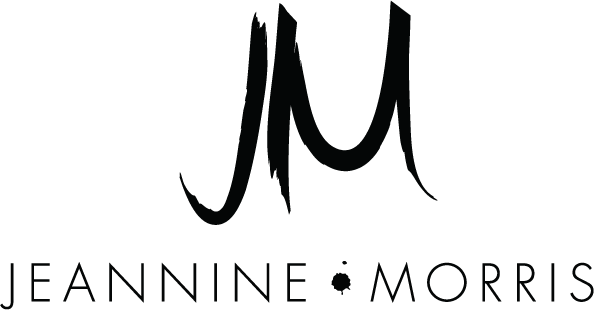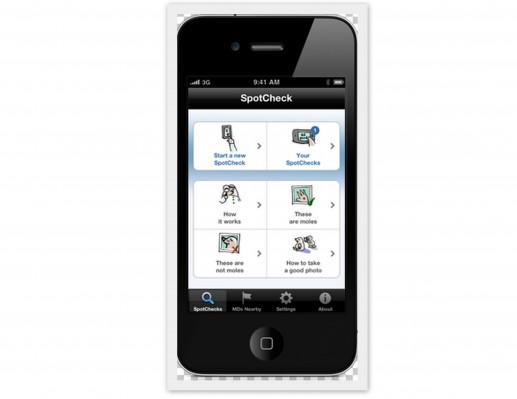 Yep, that's me in the pic above. As a former tanning bed addict, I cannot stress enough how important it is to protect your skin from the sun. Before my first job at Cosmopolitan I laid in a tanning bed every single day. Everyday for years. My job in the beauty department probably saved my life. Now, I'm still practicing what I preach, because it's no joke – it's a life or death situation. As a matter of fact, according to the AAD, one person dies of melanoma every hour in the US. Shocking? Read on, because as a former addict, if you're still baking, I get it, but it's time to get it through your head. Better late than never. Here's my story...
Not only is Melanoma the most serious type of skin cancer, but believe it or not, it will account for more than 75,000 cases of skin cancer this year. Not me. Not this year, or ever. Can you say that? For me it started with junior proms, I along with all of my friends would go tanning the week before prom. I wouldn't do it again until the senior prom, but it really got bad in college. I went to school on Staten Island and having a dark tan was part of my look. I'm not talking about a healthy glow, I'm talking about having skin the shade of burnt toast that constantly smelled baked. Yes, I thought it was attractive and was never dark enough. I was addicted.
Yep, that's me in the pic above. As a former tanning bed addict, I cannot stress enough how important it is to protect your skin from the sun. Before my first job at Cosmopolitan I laid in a tanning bed every single day. Everyday for years. My job in the beauty department probably saved my life. Now, I'm still practicing what I preach, because it's no joke – it's a life or death situation. As a matter of fact, according to the AAD, one person dies of melanoma every hour in the US. Shocking? Read on, because as a former addict, if you're still baking, I get it, but it's time to get it through your head. Better late than never. Here's my story...
Not only is Melanoma the most serious type of skin cancer, but believe it or not, it will account for more than 75,000 cases of skin cancer this year. Not me. Not this year, or ever. Can you say that? For me it started with junior proms, I along with all of my friends would go tanning the week before prom. I wouldn't do it again until the senior prom, but it really got bad in college. I went to school on Staten Island and having a dark tan was part of my look. I'm not talking about a healthy glow, I'm talking about having skin the shade of burnt toast that constantly smelled baked. Yes, I thought it was attractive and was never dark enough. I was addicted.
I didn't need to wear as much makeup as my skin looked better, my black eyeliner popped against the whites of my eyes and my smile always looked white too. On top of that I appeared more toned, skinnier. The perks of being tan seemed to outweigh any risks that may come later. After all, I always thought I was invincible. Until I landed my dream job as the Beauty Assistant for Cosmopolitan magazine.
I was told by the department I couldn't tan any longer if I was going to work there as it's an oxymoron for beauty writers to go tanning. Cosmo was all about safe sun, SPF 15 or higher and they just launched a campaign against indoor tanning. I quit cold turkey and it sucked. I felt ugly and fat. Immediately! Of course I had a plethora of self tanners at my finger tips to test out, but it wasn't the same. I missed the bake and burnt color I would get from the beds. Nothing compared. However, the more invested and passionate I became about my job, the more I began to face the facts and wanted to practice what I preached.
Today, I'm an avid SPF 30 wearer and preach, preach, preach. I can't believe tanning beds are still in existence and go to my derm for yearly skin checks to make sure I'm safe. I'm obsessed with self tanners and can't believe I thought what I was doing looked attractive. I looked like a raisin! While I have been lucky so far, I am paying for my sun damage in other ways – hyperpigmentation and crows feet. My skin looks older than I am so thank God for great products, because the situation I'm dealing with at 29 is not cool.
I'll leave you with the new FDA guidelines for SPF. Next time you think about spritzing tanning oil all over yourself and baking in the sun, think about the facts. Like me, you're not invincible.



 Earlier this month I received an email from a publicist about
Earlier this month I received an email from a publicist about  Last month I reported on the scary truths behind
Last month I reported on the scary truths behind  As we welcome Spring I know how tempting it is to get good color, lay out on a nice day and yes, even pay a visit to a tanning salon before a vacation or big event. Therefore, I feel it's my responsibility, as a former tanorexic and beauty writer, to report the facts on skincancer that I can only hope you pay attention to.
First off, skin cancer is the most common form of cancer in the US and in most cases, it can easily be avoided, yet over 3.5 million cases are diagnosed yearly. Have you ever blistered from a sunburn? I know I have. If you're like me, you have more than two times the chance of developing melanoma in your lifetime. Do I have your attention now?
As we welcome Spring I know how tempting it is to get good color, lay out on a nice day and yes, even pay a visit to a tanning salon before a vacation or big event. Therefore, I feel it's my responsibility, as a former tanorexic and beauty writer, to report the facts on skincancer that I can only hope you pay attention to.
First off, skin cancer is the most common form of cancer in the US and in most cases, it can easily be avoided, yet over 3.5 million cases are diagnosed yearly. Have you ever blistered from a sunburn? I know I have. If you're like me, you have more than two times the chance of developing melanoma in your lifetime. Do I have your attention now?



















